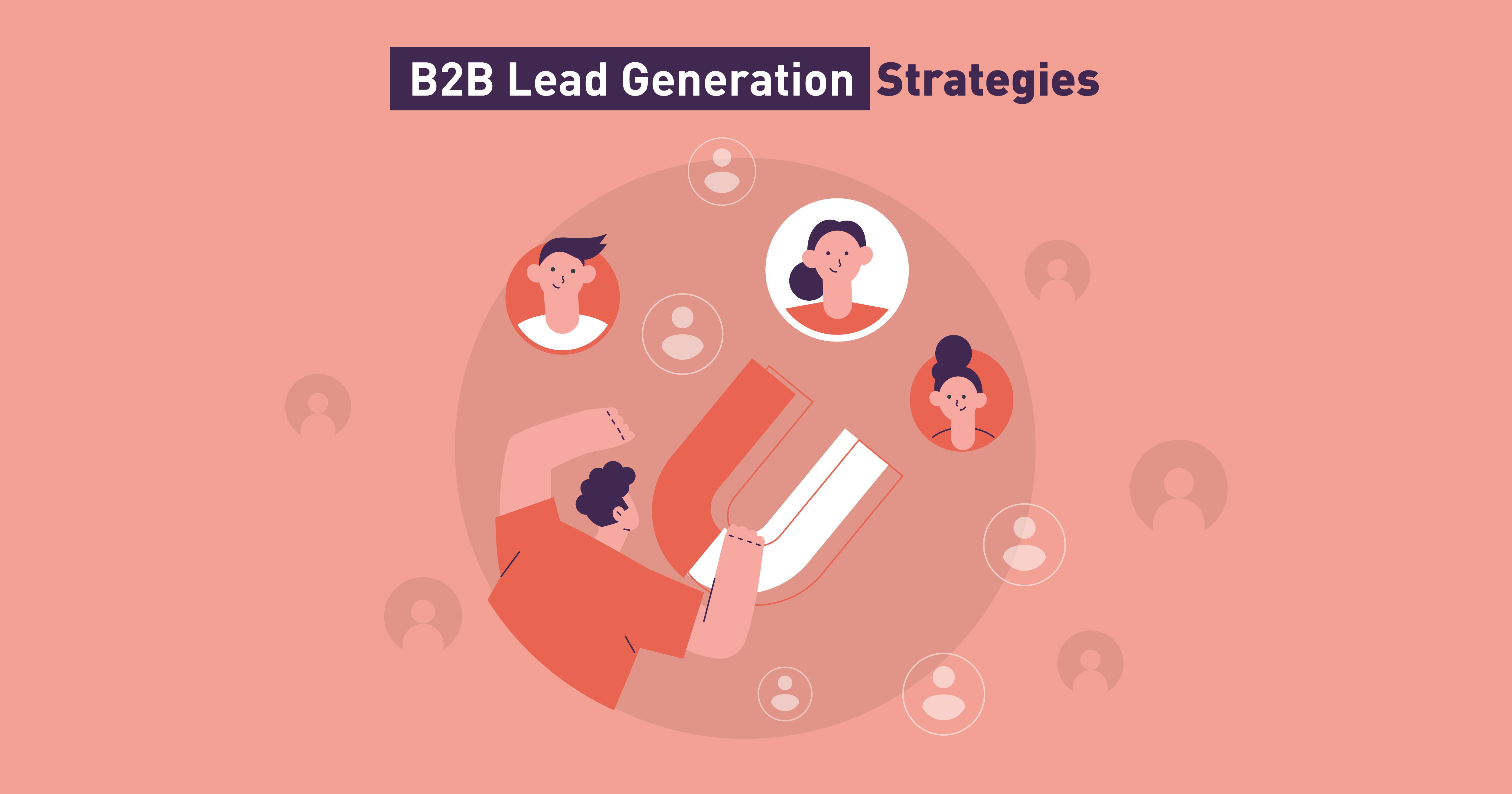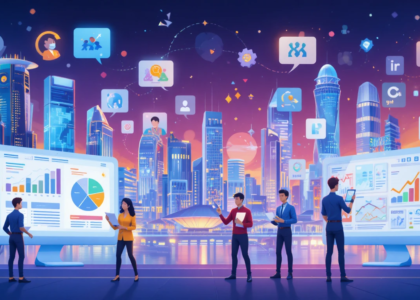Asia is no longer just a manufacturing hub or a cost-effective outsourcing destination—it’s the beating heart of global B2B growth. From the polished towers of Singapore’s financial district to Seoul’s fast-moving tech corridors, the region is redefining how businesses connect, convert, and scale. In this landscape, mastering B2B Lead Generation for Asia is no longer optional—it’s survival.

The Rise of Asia’s B2B Market Landscape
Asia’s B2B markets have exploded over the past decade. Rapid urbanization, digital adoption, and trade liberalization have transformed cities like Singapore, Seoul, Tokyo, and Jakarta into dynamic business ecosystems. The surge of SMEs, SaaS startups, and multinational expansions across the region has created an unprecedented demand for innovative lead generation strategies.
Singapore, with its pro-business environment and advanced digital infrastructure, serves as the regional gateway for many global firms. Meanwhile, South Korea’s Seoul has emerged as a digital innovation hub, pushing the boundaries of automation and AI-driven marketing. Together, they represent the new frontier for B2B Lead Generation for Asia, where local insight meets international ambition.

Understanding Regional Differences in B2B Buyer Behavior
One-size-fits-all doesn’t work in Asia. While Singaporean buyers tend to value efficiency, data, and ROI, Korean decision-makers often place greater emphasis on trust, long-term relationships, and technology credibility. Understanding these nuances is essential for any company venturing into B2B Lead Generation for Asia.
The cultural dimension runs deep. In Japan, formality and structure dominate negotiations. In India, agility and quick value demonstration win the day. In Southeast Asia, social proof and personal connections often tip the scale. Successful marketers build strategies that respect these differences—localizing not just language but emotion, tone, and timing.

Winning Strategies for B2B Lead Generation in Asia
Breaking through in Asia requires more than data—it takes intuition, adaptability, and an authentic local touch. Companies mastering B2B Lead Generation for Asia know that relationships drive results. Here’s what works:
First, content localization is non-negotiable. Tailor whitepapers, webinars, and case studies to specific industries and regions. Second, embrace social selling—LinkedIn, KakaoTalk, and LINE are powerful tools when used strategically. Third, email marketing still thrives in Asia, but personalization and timing are everything. Finally, partnerships with local agencies often unlock hidden networks that digital tools alone can’t reach.
The grit lies in consistency. In Asia, lead generation isn’t a sprint—it’s a marathon of trust, value, and reliability.

Singapore vs. Seoul: A Tale of Two B2B Giants
Singapore’s business environment is surgical—efficient, data-driven, and globally connected. Seoul, on the other hand, thrives on speed, innovation, and creative disruption. Both are benchmarks for B2B Lead Generation for Asia.
In Singapore, success often depends on strategic alignment with industry clusters such as fintech, logistics, and clean tech. The government’s Smart Nation initiative fuels digital adoption and precision targeting. In Seoul, the startup scene’s aggressive innovation cycle keeps marketers on their toes, constantly adapting to new trends in AI and customer analytics.
Despite their contrasts, these cities share one thing: a deep commitment to tech-enabled growth. Together, they form the twin engines of Asia’s B2B expansion.

Leveraging Technology and Data for B2B Success
Technology is the great equalizer in Asia’s competitive landscape. Companies leveraging AI, automation, and data analytics are rewriting the rules of B2B Lead Generation for Asia.
Predictive analytics helps businesses identify high-intent leads faster than ever. CRM systems integrate seamlessly with marketing automation tools to nurture leads through intelligent workflows. Chatbots in local languages deliver 24/7 engagement, while account-based marketing (ABM) ensures laser-focused campaigns that convert.
But technology alone doesn’t win the game—data integrity does. Firms that invest in clean, accurate, and ethically sourced data position themselves for long-term dominance. Asia rewards those who combine innovation with discipline.
Conclusion: The Future of B2B Lead Generation in Asia
From Singapore’s structured precision to Seoul’s fearless creativity, Asia’s business future is blazing ahead. Companies that master B2B Lead Generation for Asia will lead the next wave of global commerce.
The path forward demands local understanding, digital dexterity, and a willingness to play the long game. Asia’s diversity is its greatest strength—and those who respect its rhythm will thrive. Whether you’re nurturing leads in Tokyo, closing deals in Jakarta, or expanding in Seoul, one truth remains: the future of B2B belongs to Asia, and the time to act is now.





